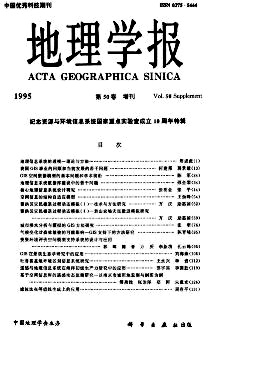Rong Chaohe
Transport is an important impacting factor on economic location all along, but its effect in the changes of economic spatial structure has several stages, going through a course from strong to weak gradually in the developed countries. The paper analyses this kind of change from the angles of time, space and indusrial structure.From the view of time, the theory of transportization, which summarizes the relationship between transport and economic development, provides a new observing angle.Transportization is one of the most important features of industrialization and an economic process accompanying industrialization as well. To some degree, the improvement of structure of economic geography system is reflected in the process of a territorial transportization.Viewed from economic space, industrialization proceeds in an orderly way along the pattern of point-axle-aggregate belt: the big industry first converges in an individual city and then expands along the transport trunk lines and the axial line of other important infrastructures, and after that,radiates and proliferates towards the peripheral regions. After a considerable period of development and construction, there would come to shape important belt-like aggregate areas.In the view of industrial structure, modern transport is an important part of the conditions in which the structure is changed from lower level to higher level. But compared with the lower level industrial structure. the higher level structure depends on more infrastructures, including not only transport, but also tele-communication, modern logistics, computer network, etc. In this stage, industrial locations are less restricted by transport than before, and need more flexibility. The transport’s position in industrial location has descended.According to the paper, China is still in the primary transportization stage, the backward transport system is still restricting economic growth, so the basic relations between transport and national or regional development remain to be the most important issue. In the author’s opinion. at China’s present level of economic development, transport is playing a fairly dominant role in the structural change of its spatial economy. and the progress of transportization must be speeded up in this country.
